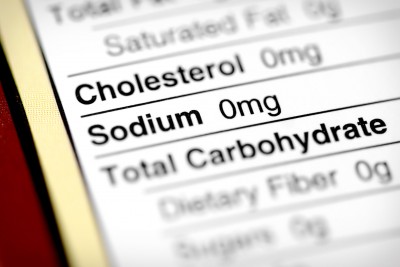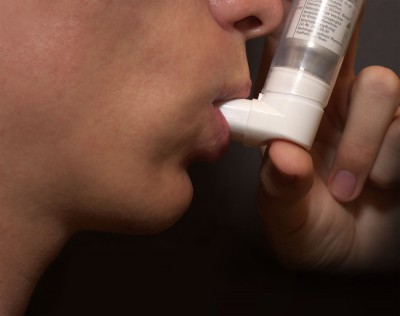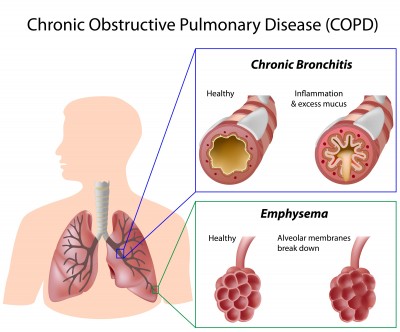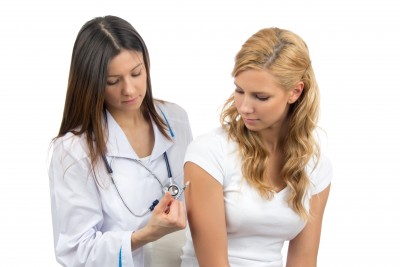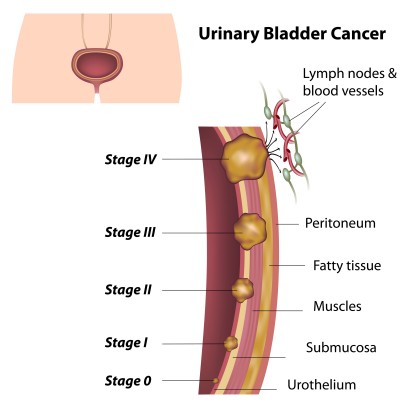Whether you’re on a health kick or just looking for a way to cool off this summer, a smoothie seems like a great way to do it, right?! Well, maybe. Primary care physicians often see diabetic patients in their daily practice, and I’ve recently encountered several patients with sudden increases in their blood sugar readings. Part of the fun as a primary care doctor is that we are typically the first ones to see a patient with a new problem. That means a lot of detective work to help uncover the cause of a given problem. So, in the case of my diabetic patient with high sugar levels, I often start by asking the most basic question. What are you eating that’s different lately? To my surprise, I’ve had three different cases where smoothies were the answer! What could be bad about fruit and vegetables blended up into a cool treat? Alas, these delicious beverages can still pack a caloric punch. Does that mean it is to be crossed off of the list? Of course not! I teamed up with registered dietitian Brittany Goldman of Blue Ridge Orthopaedic & Spine Center to give you some guidance. Here are some things to consider the next time you decide to blend up a drink.
CALORIES
Smoothies pack significantly more calories than the average beverage, so they are great as meal replacements. I recently walked into a smoothie shop that also serves food and realized that many people order a sandwich and have a smoothie as their beverage. Given that even the lightest sandwich can often have 300 calories, the addition of a smoothie can add 200-500 calories, making what seems like a light lunch actually count for 1/3 to 1/2 of your caloric need! Logging food intake is often employed when trying to manage weight or sugar as a means of estimating total daily carbohydrates for blood sugar control. I recommend requesting a copy of the nutrition guide to help guide your choices. (Need a food log? My personal favorite is myfitnesspal, which has smartphone applications and is also web-based).
SUGAR
Many commercial smoothie shops actually ADD sugar to the fruit in the smoothie. However, a savvy customer can request no added sugar. Feeling like it’s not sweet enough? Artificial sweeteners can be used, but exercise caution as some studies suggest many artificial sweeteners can be associated with weight gain. Stevia is a natural no calorie sweetener that can be used. Other no calorie “natural sweetener” includes monkfruit. Both of these are available in most grocery stores. Honey, agave nectar, molasses, and coconut sugar are often marketed as “low glycemic index” sweeteners, leading many to believe they are safer to use than sugar. While these options are less processed than white, granulated sugar, they still have calories! I like to add spices such as cinnamon and ginger to help give more sweet flavor without calories. Cinnamon is an excellent choice because it helps with glycemic control.
WHOLE FRUIT
Whole fruit is recommended as your sugar source since it has fiber to help regulate the way sugar levels spike in the body. Also important to remember is that the peel of many fruits is where many nutrients can be found, so make sure to buy organic when possible and wash fruits well to reduce pesticide intake. For more information on that, visithttp://www.drweil.com/drw/u/ALB00035/The-Dirty-Dozen-Foods-You-Should-Always-Buy-Organic.html
FIBER
Additional fiber in your smoothie can come from vegetables. While kale based smoothies are all the rage, I recommend starting with a less bitter green, such as baby spinach, until your taste buds acclimate to the green taste. One of my colleagues used to blend unsweetened frozen berries and baby spinach each morning. Other options include celery, carrots, and beets. I sometimes also use a little bit of avocado for texture, but remember this is high in fat.
PROTEIN
Another way to keep your sugar level stable when having your smoothie is to incorporate a quality protein source. Protein will help your smoothie keep you full longer. Some protein choices include plain Greek yogurt (nonfat or lowfat), 1 tbsp of natural almond or peanut butter (avoid commercial brands that have added sugars and hydrogenated oils), or protein powders. When choosing a protein powder, be sure to check the label to see if there are added sugars. I used an unflavored whey concentrate, which saves 30-40 calories per serving since it’s unflavored! Plus, I can add that to any base and not worry about whether the flavors match. Other protein powders include pea or hemp protein. Use care if choosing soy protein as it contains plant based estrogens, be sure to ask your doctor for guidance.
SEEDS
Seeds – Flax and Chia seeds are popular, but be sure to use ground flax seed in order to harvest the most omega 3 benefit. Chia seeds are also a good source of fiber and omega 3 and do not have to be ground.
Who knew so much could go into a smoothie? Whatever you choose to put into your smoothie, I recommend adding the individual components up to see your net calorie/carb/fat/protein intake. This will help guide you to your perfect smoothie recipe. Remember that using a lot of fruits in the smoothie can often mean more than 1 serving of fruit per smoothie. Making smoothies in batches is often helpful for those of us always on the go. I usually make two smoothies per recipe.
If you are looking at making any major dietary change, consult with your doctor or a nutritionist to make sure you’re on the right path.



